The intense silence seemed to slow down one’s far too quick mental time and give one’s soul a chance. To my surprise a regime of daily communion and four services a day with silence between, was the most easy, unstrained and natural life I had ever lived. One sank down into it, and doing it always with the same people, all meaning it intensely, and the general atmosphere of deep devotion – for the whole house seemed soaked in love and prayer – cured solitude [1].
This was the experience of the writer Evelyn Underhill when she went on her first retreat in the summer of 1922. She went to Pleshey, a recently established retreat house in Essex, alongside a group of elementary school teachers from the East End whom she did not know.
She had been a spiritual seeker for many years, on the margins of the church – a ‘freelancer’ as she often described herself – during which time she had written her most famous and enduring book, Mysticism (1911). She had only fully decided to be a member of the Church of England the previous year, and so it is in that context, perhaps, that the retreat ‘cured solitude’ – although maybe by that she meant spiritual loneliness?
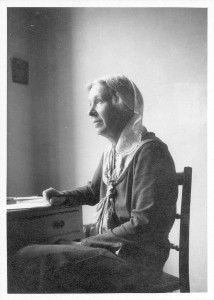
Both the solitary and the communal are paradoxically essential to this notion of retreat, to this curing of solitude or loneliness. Underhill encapsulated that in her daily devotional regimen, shared with the same group of people in silence.
In these recent weeks of lockdown, as we have experienced forced solitude, so our minds may sometimes have turned to what it might mean to cure solitude or loneliness.
The idea of going on retreat, being alone amongst others, is not uncommon now – whether to a spa or a yoga retreat, or to somewhere one can learn to meditate or to pray.
It usually entails the withdrawal of the self from the hustle and bustle of day-to-day life by choice; entering a different community for a time in order to take stock, rest, refresh and reinvigorate oneself.
When Underhill went on that retreat in 1922, the notion of ordinary laypeople taking religious retreats was relatively new. Such retreats had hitherto been largely confined to the clergy (particularly Roman Catholic clergy). In 1912, the Jesuit Charles Plater published Retreats for the People, which was influential on this burgeoning movement across the denominations.
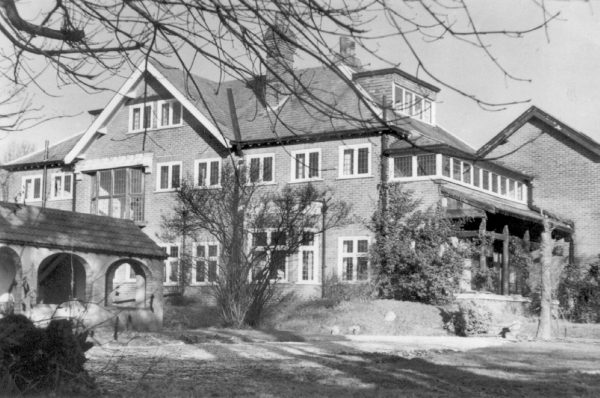
The championing of retreats for laypeople in the early twentieth-century Church of England resulted from three factors: the rise of Anglo-Catholicism and the reintroduction of monastic orders within Anglicanism (both of which had occurred in the nineteenth century); and a broader revival of interest in mysticism in the early twentieth century. Dedication to prayer was at the heart of all three, and the desire to encourage as many people as possible in a disciplined prayer life was a core purpose of a retreat.
Additional impetus was given to the retreat movement by the trauma of war. It was recommended that soldiers returning from the Front who had been shell-shocked might benefit from such retreats, and many of the new retreat houses laid on special programmes for veterans in the early 1920s.
Underhill soon began leading retreats, invited in 1924 by her friend Dorothy Swayne to lead one for the women from the Time and Talents Settlement House in Bermondsey (a support institution for young working women), where Swayne was Warden. Underhill became the best-known retreat leader of the period. There was a delicious irony to this: the Association for Promoting Retreats (founded in 1913) and Society for Retreat Conductors (founded in 1924) had decided that women did not have the necessary authority to be retreat leaders. Only male priests could do the job.
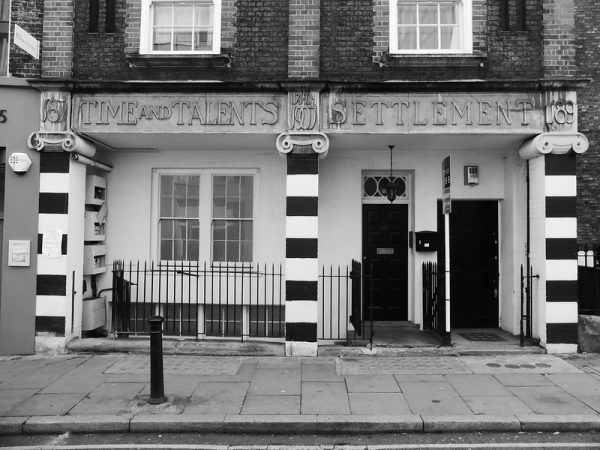
But Underhill already had a devoted following from her writings. Mysticism had introduced the subject to a wide reading public, and in her short volume Practical Mysticism, which followed in 1914, she suggested that anyone could be a mystic. Mysticism was not an esoteric pastime but something that could be learned, like playing a musical instrument.
People – especially women – flocked to her retreats at Pleshey to learn the art of prayer. In silence they formed community – and that community took on other lives outside the retreat, back in the world, as they met in regular prayer groups and formed new friendship circles. The women who came to Underhill’s retreats were not necessarily ones with excessive leisure time, but rather women (many single, but not all) who made their own living as writers, scholars, translators, teachers and social workers.
Underhill described the importance of retreat in ‘its power of causing the rebirth of our spiritual sense, quickening that which has grown dull and dead in us, calling it into the light and air, and giving it another chance’.
In our busy everyday lives, ‘we lose all sense of proportion’ and become ‘restless, fussy, full of things that simply must be done, quite oblivious of the only reason anything should be done.’
For Underhill, retreats offered the chance to learn and maintain ‘the art of steadfast attention to God’ [2]. That single-minded, steadfast attention meant that a form of inner work – a kind of wrestling with God and self – could happen when the trappings of ordinary life were laid down for a period, and solitude within the safety of community embraced.
One striking image of that inner wrestling is that of the novelist Rose Macaulay at a ‘Retreat for Ladies’ laid on by the Society of St. John the Evangelist (SSJE) in London in about 1916.
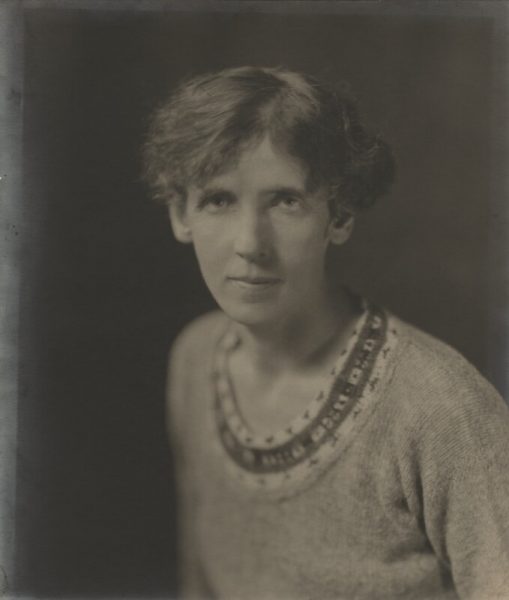
The monk-priest running the retreat, one Father Johnson, who was to play a vital role in Macaulay’s life several decades later, recalled looking out of the window:
into the little, dull, square garden, and seeing Miss Macaulay pacing up and down very gravely and slowly. I think on the grass, for a long while, in steadily drizzling rain, tall and grave and thoughtful, wearing some sort of dark tweed suit – no overcoat or raincoat [3].
SSJE, the Anglican monastic order to which Father Johnson, leader of Macaulay’s retreat, belonged, had pioneered retreats to a widening group of people: Richard Benson, the Order’s founder in Cowley, Oxford, had written a tract on the importance of retreats as early as 1865. The hosting and leading of retreats remain central to their work today at their two houses in Massachusetts.
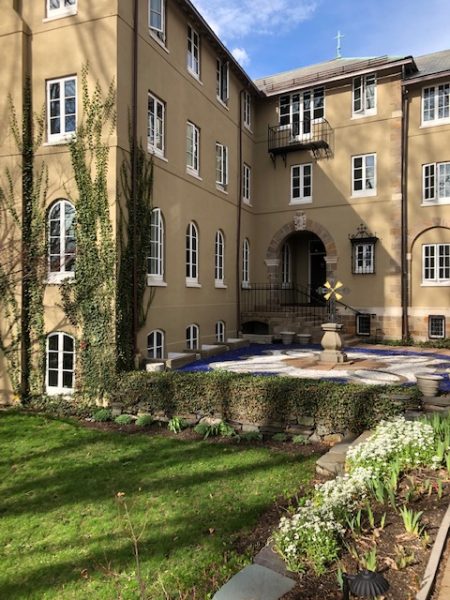
It is there that I have been shaped by numerous retreats over the last 30-odd years. It is there that I have seen and experienced how the transformation of self – and of self in relation to God – that can happen in a retreat occurs not simply through ones solo activities, nor even in the wisdom gleaned from retreat teachings. Rather, it happens through the experience of solitude in community: the taking of meals together in silence; sharing walks and worship alongside others, where no comment is necessary, or invited.
It is about being solitary and communal at the same time, and thereby acquiring a sense of being part of a greater whole.
During this period of lockdown, most churches and cathedrals have used the internet to provide worship opportunities, with varying degrees of success. I suspect that how much success depends not only on how adept a priest is with technology (aside from the bloopers that went viral, like the C of E vicar who set fire to himself during his virtual sermon, and the Italian priest who accidentally activated the Instagram filters during a virtual mass) but also what worshippers bring to the experience.
Logging on to live evensong with the SSJE monks at 6 p.m. in Massachusetts (11 p.m. here in England), I can hear their familiar chanting; I am taken into a sacred space I know well; I can see the faces of monks who have shown me great kindness.
All of this conjures up the memory of being in solitude in their community.
If I had not had that experience I do not know whether logging into their evensong would have much meaning for me.
The SSJE monks have suggested creative ways of being on retreat at home during lockdown. On their website, you can find their suggestions for taking a day-long ‘Retreat-in-Place’: how to set the priorities for the day, what provisions you need, how to prepare and pray, and finally how to gather all the strands of the day together. For all who are able to put aside such time – I’m aware that remote working, plus childcare responsibilities, would make that difficult for many – such a retreat-in-place may offer relief from our current relentless online life.
But it misses out what is paradoxically so important about a retreat: the other people – the ones you never get to talk to, but with whom you share the meals, rituals and the rhythms of the day, the ones with whom you create briefly and fleetingly an intimate community as the context for your solitude.
[1] Evelyn Underhill, Fragments from an Inner Life: The Notebooks of Evelyn Underhill, ed. Dana Greene (Harrisburg, PA: Morehouse Publishing, 1993) p. 113
[2] Evelyn Underhill, ‘The Need of Retreat’, originally published in The Vision, January 1932, and reprinted in Evelyn Underhill, The Light of Christ: Retreats at the House of Retreat, Pleshey, May 1932 (London, New York and Toronto: Longmans, Green and Co., 1944) pp. 102, 107
[3] Quoted in Constance Babington Smith, ‘Introduction’, Letters to a Friend from Rose Macaulay, 1950 – 52, ed. Constance Babington Smith (London: Collins, 1961) pp. 17 -18. This volume contains the correspondence between Macaulay and Johnson who, by then, was living at the SSJE house in Cambridge, Massachusetts.
Jane Shaw is Principal of Harris Manchester College, Professor of the History of Religion at the University of Oxford.